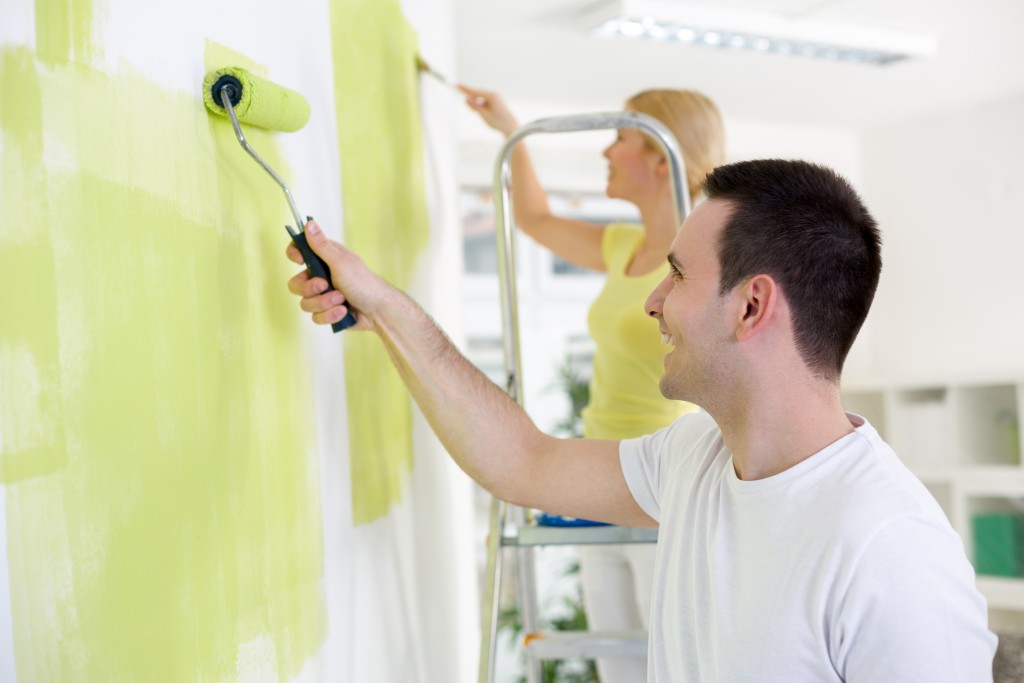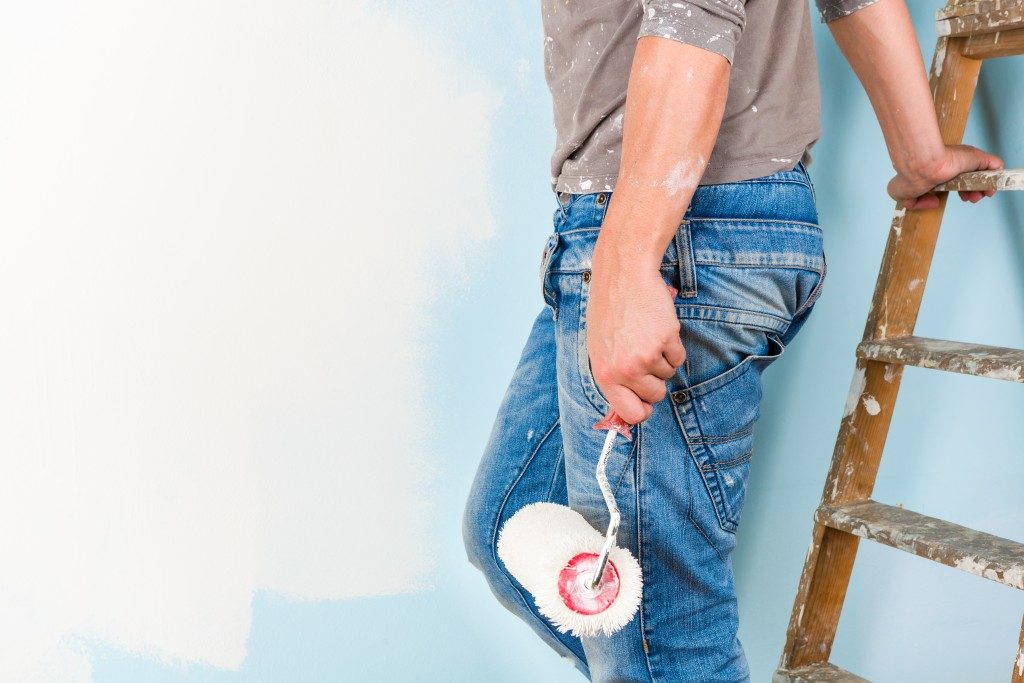Simple Ways to Prepare Your Home for Exterior Paint

Exterior house painting can be a huge task to tackle. We all know that while repainting your house’s facade is fun and can boost curb appeal, it is also necessary to help avoid unnecessary costs from termites and natural wear and tear. If you decide to avoid hiring a painting contractor and attempt a DIY project for your Salt Lake City home, it is important to remember that there is more to exterior painting than rushing to the store for some rollers and brushes to start the job. Before tackling this project for your house, be sure to follow these steps to prepare your exterior walls and guarantee the aesthetic results that you’ve always wanted:
Wash the Exterior
Painting over a dirty surface will not result in a good and long-lasting paint job. Walls must be cleaned from dirt, mildew, oil, loose paint, and anything else that could prevent maximum adhesion of the new coat of paint to the surface. A pressure washer will save time and effort to clean off old paint and grime buildup. The water pressure in a power washer should produce at least 2,000 psi (pounds per square inch), definitely beating the old garden hose or a scrub brush. Work from the top of the wall down, all around.
The house walls should also be allowed to dry thoroughly before applying paint. One of the more common causes of paint failure is not giving the house enough time to dry before painting it.
Scrape and Sand
The real bulk of the work in prepping for exterior house paint is in scraping away any areas of loose and flaking paint and sanding the edges of these scraped spots. It is a tedious step that requires a lot of patience, but it is an incredibly important part of the process.
Power washing is no substitute for hand scraping. When scraping, hold a sharp scraper so that the blade is perpendicular to the wood. Follow the grain of the wood with long strokes. Then, using sandpaper, feather the edges of scraped areas to get rid of sharp edges. You want to make sure that there is a smooth transition from exposed wood to old paint. Skipping the sanding process will leave a patchy look on your house.
Caulk to Keep Moisture Out
After the sanding is done, it is time to fill any holes and small openings in the surface with caulk. This is an important step to protect the exterior against water and insect damage and hide unsightly cracks. It also helps protect the wood from moisture and damage, both from the outside and inside of the house. Not only will caulking result in an impressive paint ob, but it can also help your home be more energy-efficient by adding to your house’s insulating value.
Apply a Primer Coat

A primer is an undercoat that is designed to adhere well and increase paint durability. It provides a base for topcoats of paint. While there are paint and primer in one product on the market right now, these are formulated more as thick paint than as primers. They have limited applications to actually holding up well. A good rule of thumb is to stick to the true high-performance primers.
Any home improvement is a huge investment. It is always better to invest properly, do the job right, and end up with a fresh paint job that you can brag about.




